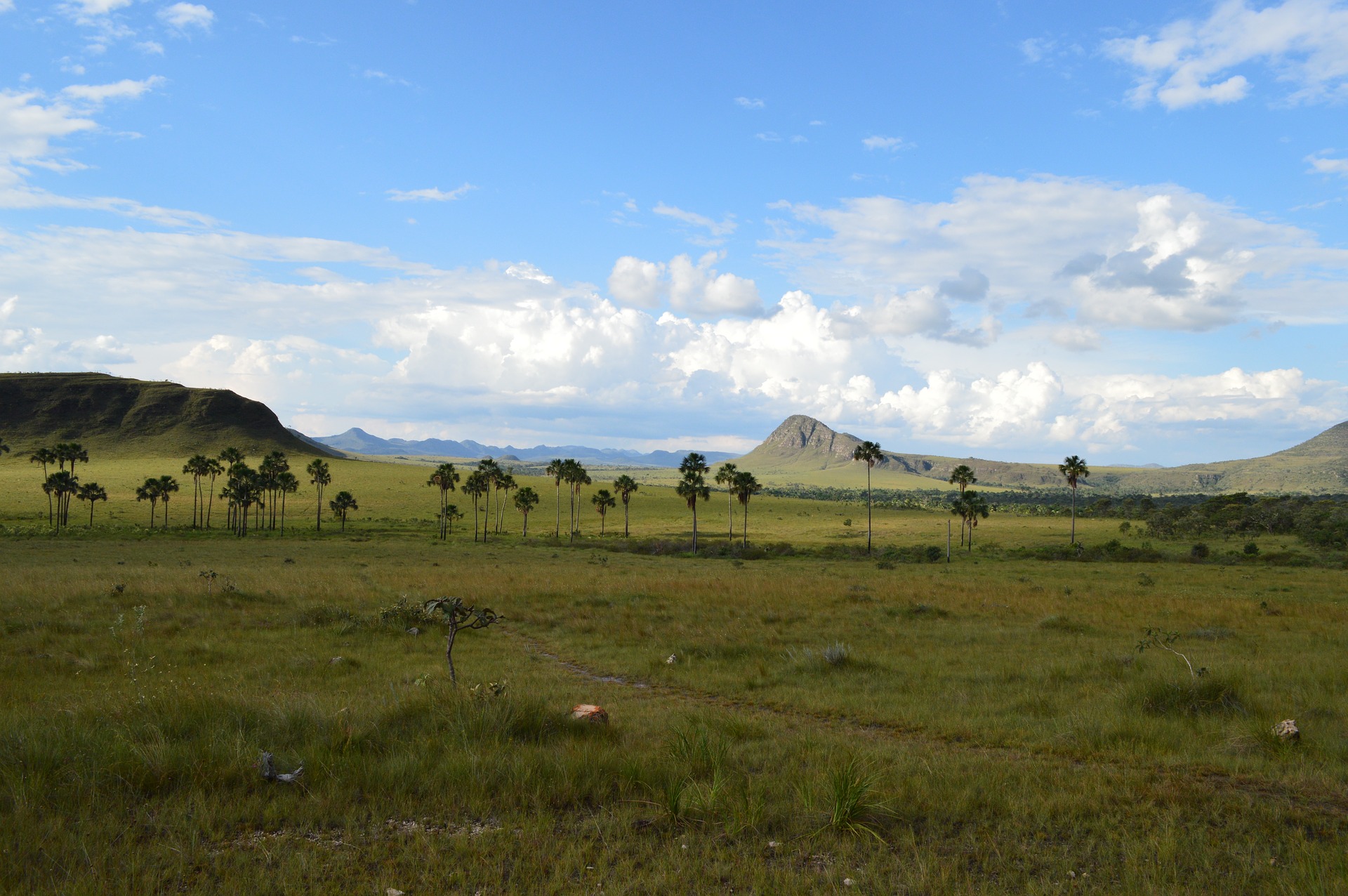Note: This article has been excerpted from a larger work in the public domain and shared here due to its historical value. It may contain outdated ideas and language that do not reflect TOTA’s opinions and beliefs.
From Brazil and the Brazilians by George James Bruce, 1914.
Matto Grosso and Goyaz, two large States occupying the heart of Brazil, are not easily accessible yet. They depend entirely on river transport for their communication with the outer world.
Matto Grosso is reached usually by the Paraguay River from Buenos Aires, but it may also be reached from the Amazon Valley by the River Madeira. A railway in course of construction will however shortly bring it into three days' touch with Sao Paulo, and a half a day longer with Rio de Janeiro. Concessions have also been granted to link up its capital, Cuyaba, with Para on the north coast by what will be one of the greatest railways in Brazil. The capital has a population of 35,000, and the character of its buildings, streets, and public places would astonish anyone visiting for the first time this remote spot.
Matto Grosso is one of the greatest cattle-ranching countries in the world. The extent of its herds is unknown. A large proportion of the ranchers are Britons. Agriculture and mining, especially diamond-getting, have received much attention. Herve mate and sugar-cane are also exported.
Goyaz, whose capital bears the name of the State, has a population estimated at half a million, scattered amongst forty or fifty small towns dotted over the State. As in nearly all inland States, cattle-raising and mining are the staple industries in Goyaz. Gold has been successfully won in several parts. Tobacco and sugar-cane growing receive increasing attention.
Bruce, George James. Brazil and the Brazilians. Dodd, Mead and Company, 1914.
About TOTA
TOTA.world provides cultural information and sharing across the world to help you explore your Family’s Cultural History and create deep connections with the lives and cultures of your ancestors.


